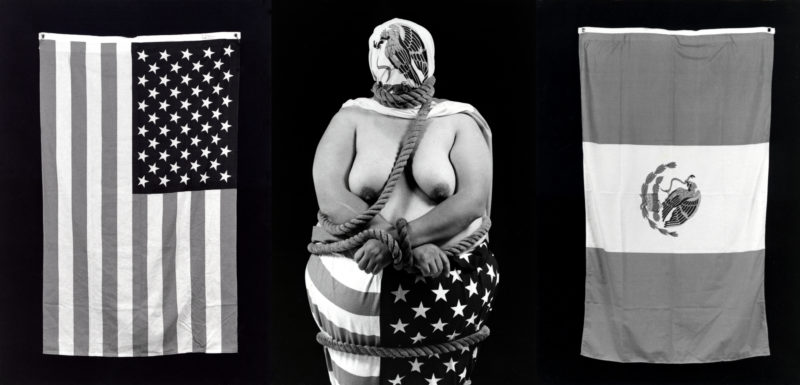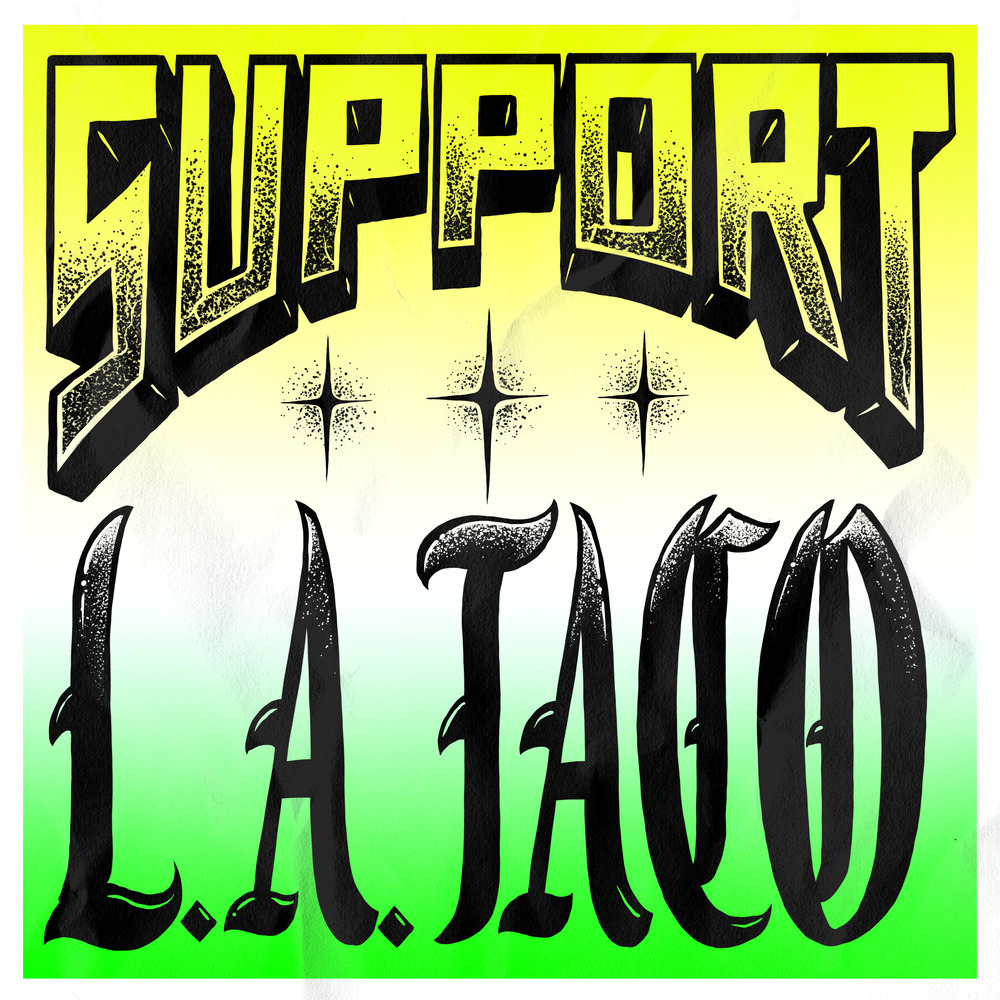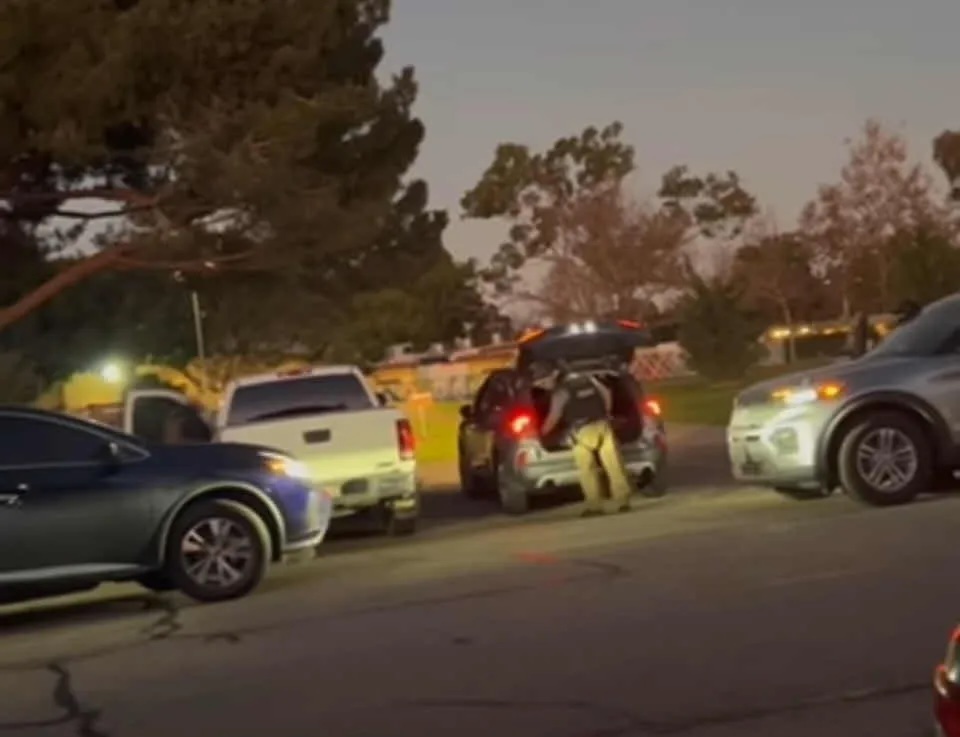[dropcap size=big]T[/dropcap]he artist and photographer Laura Aguilar spent most of her career chronicling her struggles to confront and accept her sexuality and her obesity, creating unforgettable images in the process. She also chronicled the intimate social spaces that exist among Latina lesbian women on Los Angeles’s rich Eastside. A week ago on Wednesday, Laura Aguilar passed away at the age of 58.
Aguilar was born in San Gabriel, a fifth-generation Californian, and lived most of her adult life in Rosemead, according to the obituary by Carolina Miranda in the L.A. Times. Until she was 26, Aguilar didn’t know she was dyslexic. She was described as walking quietly through her school years, finding difficulty in learning how to read, yet diligently taking photos on the margins of the Chicano renaissance. But she was ahead of her time. Aguilar's arresting images of the artist’s own nude body, set sometimes in natural landscapes, befit the current climate seeking affirmation and representation for marginalized queer and fat people in the runways of mainstream cultural life.
“She’d get up and there would be little pebbles that would drop off her.”
As recently as last year, Aguilar’s work hit a peak that would have seemed unlikely when she started out: she was the subject of a retrospective at the Vincent Price Museum at East Los Angeles College. Just as she neared the end of her life, Laura Aguilar's work was becoming widely known and widely celebrated.
Earlier this week I spoke with Delilah Montoya, an artist and professor in Houston who was among Aguilar's close friends. Delilah accompanied Laura at the opening of “Laura Aguilar: Show and Tell” last September at ELAC.
“Ultimately, I would say the last six or seven years, she’d come to this point where’d she tell me, ‘Delilah, I’m happy. You know, the closer I get to death, the happier I’m getting.’ The more she became … I don’t want to use satisfied, but less depressed … her depression started lifting, and her self-hate started lifting,” Montoya told me. “She started coming into better terms with all that.”
Montoya was with Aguilar when she made some of her landscape nude images. Laura was inspired by the land she saw in New Mexico, which she visited while Montoya lived there.
“We would go in the early mornings, when the heat didn’t jump in there that bad ... some rains had come in,” Montoya recalled. “She’d get up and there would be little pebbles that would drop off her. I remember the first couple exposures we did, looking at the back end of the camera, I went: ‘Laura, you’re really going to like these.' And she wasn’t the only one.”
The following is a gallery of some of Laura Aguilar's most iconic images. They are reproduced courtesy of the Vincent Price Museum and the UCLA Chicano Studies Research Center. The copyright is retained by the estate of Laura Aguilar.
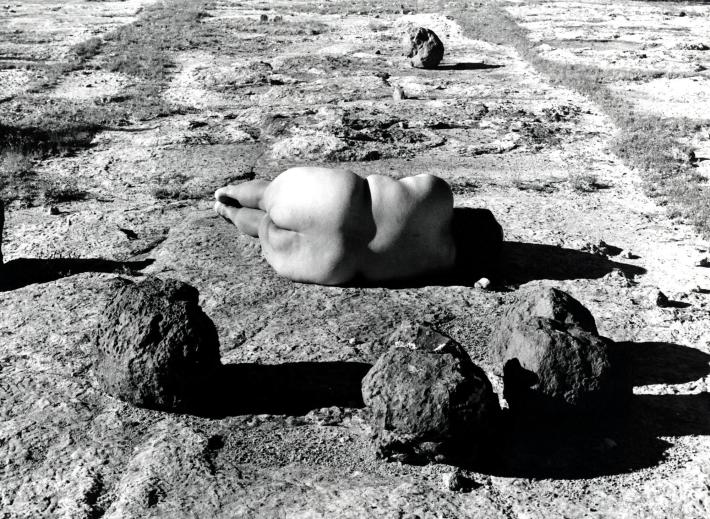
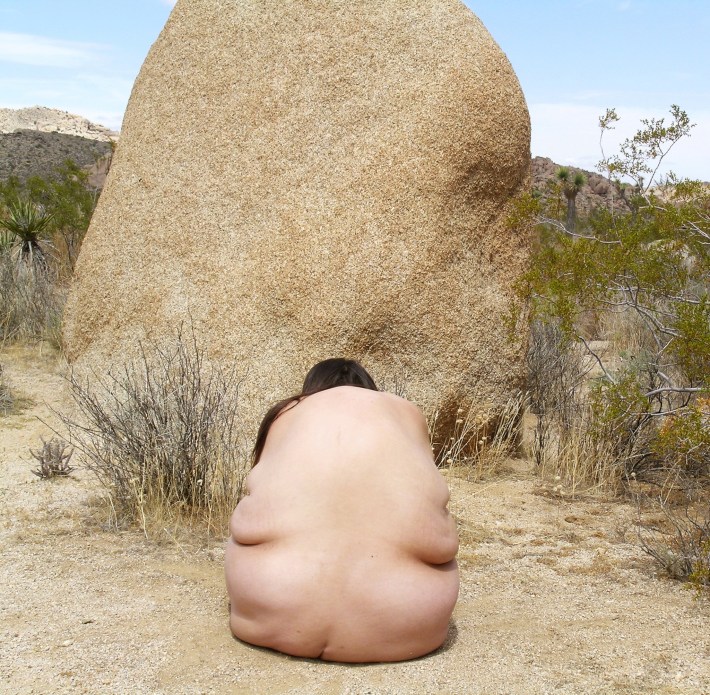
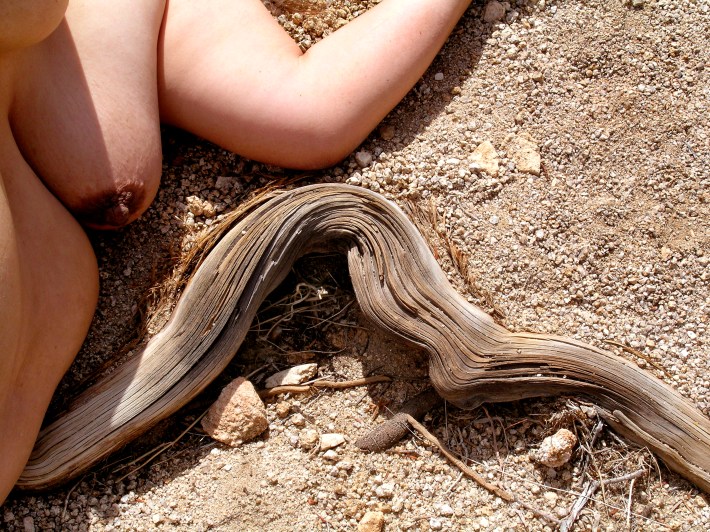
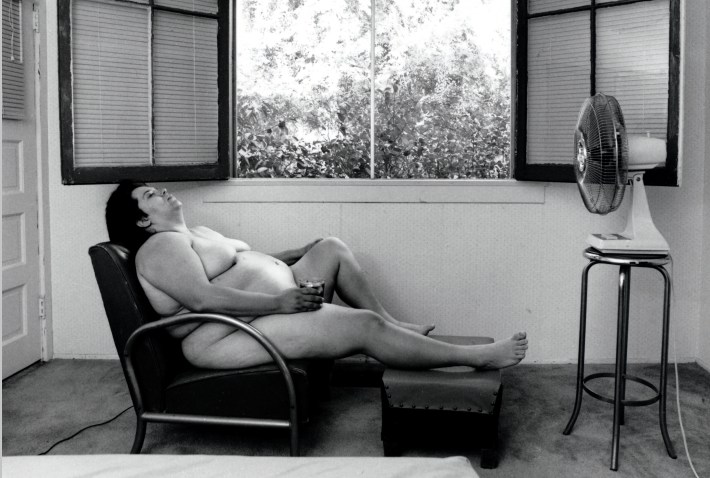
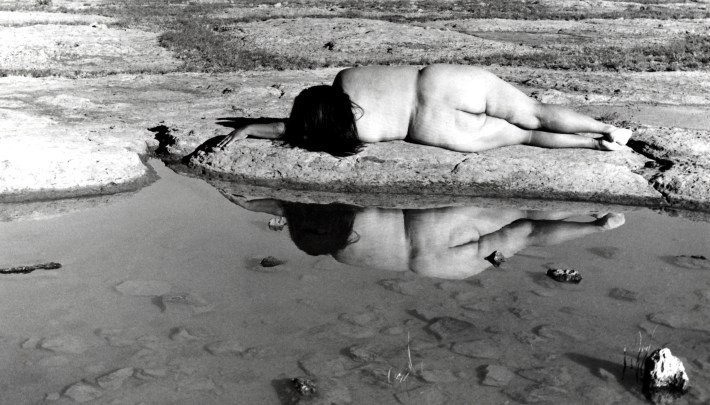
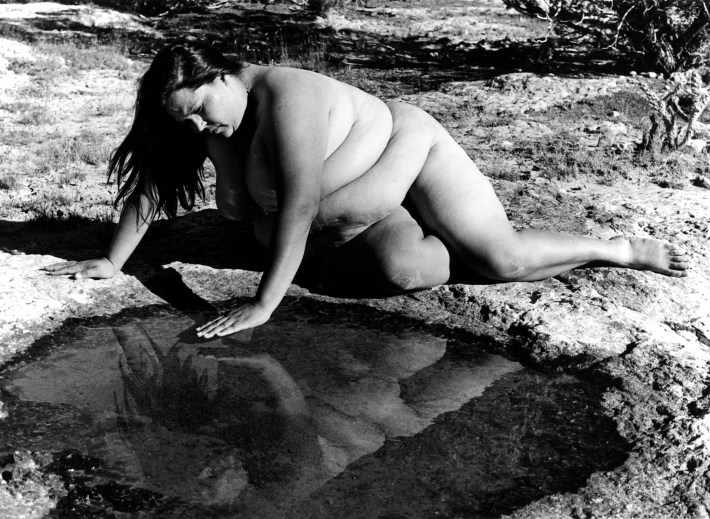

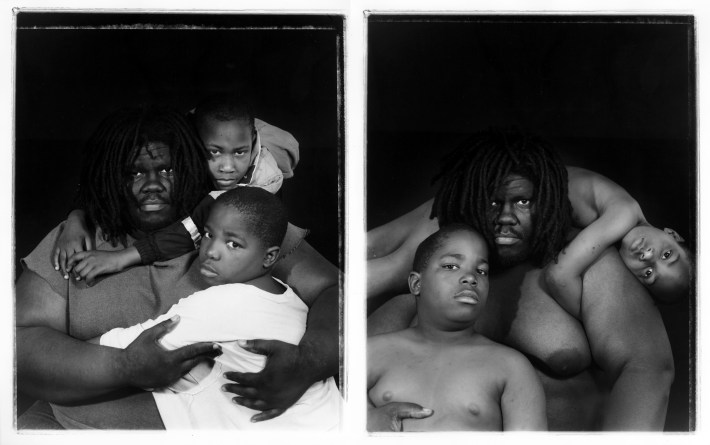
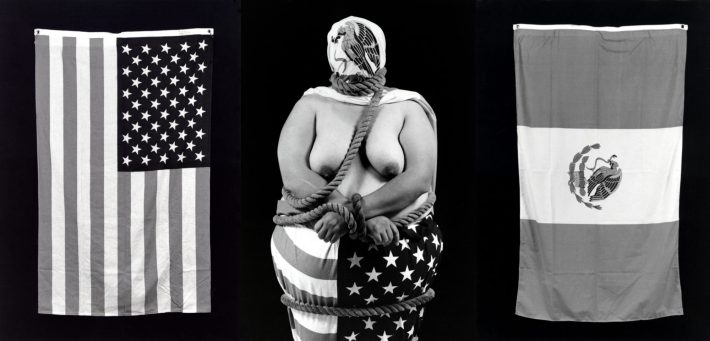
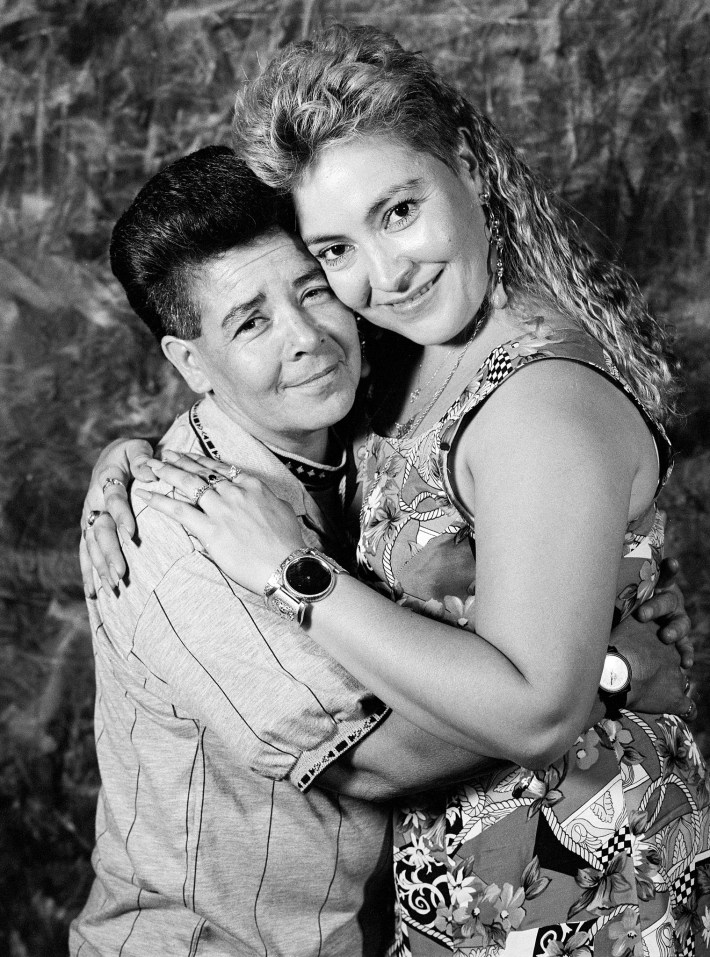
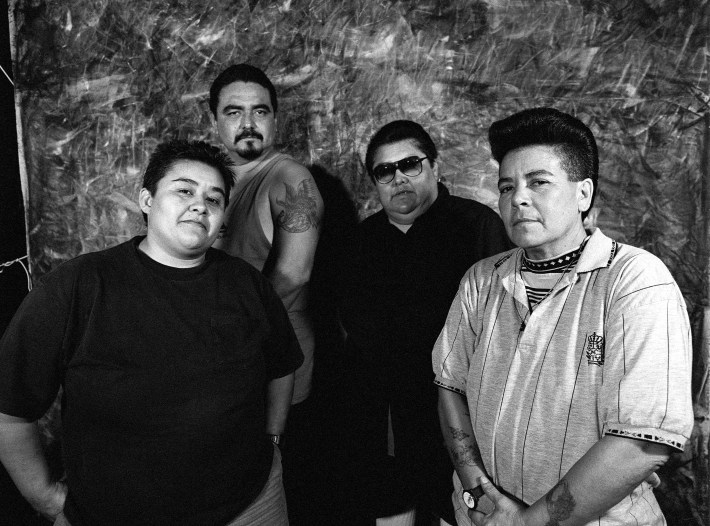
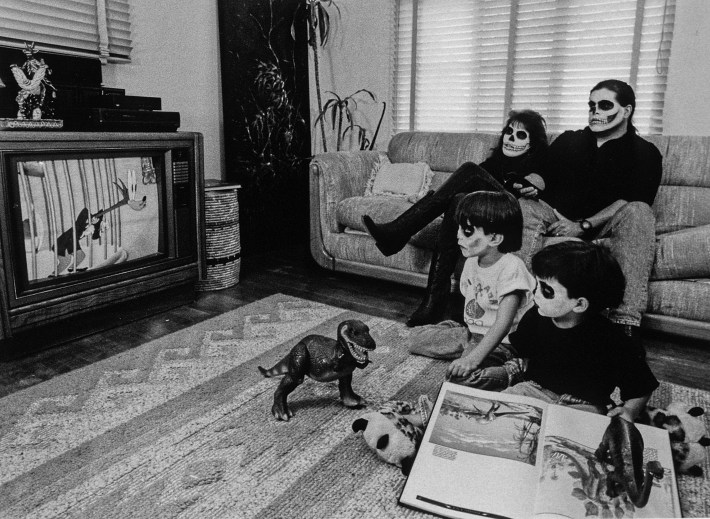
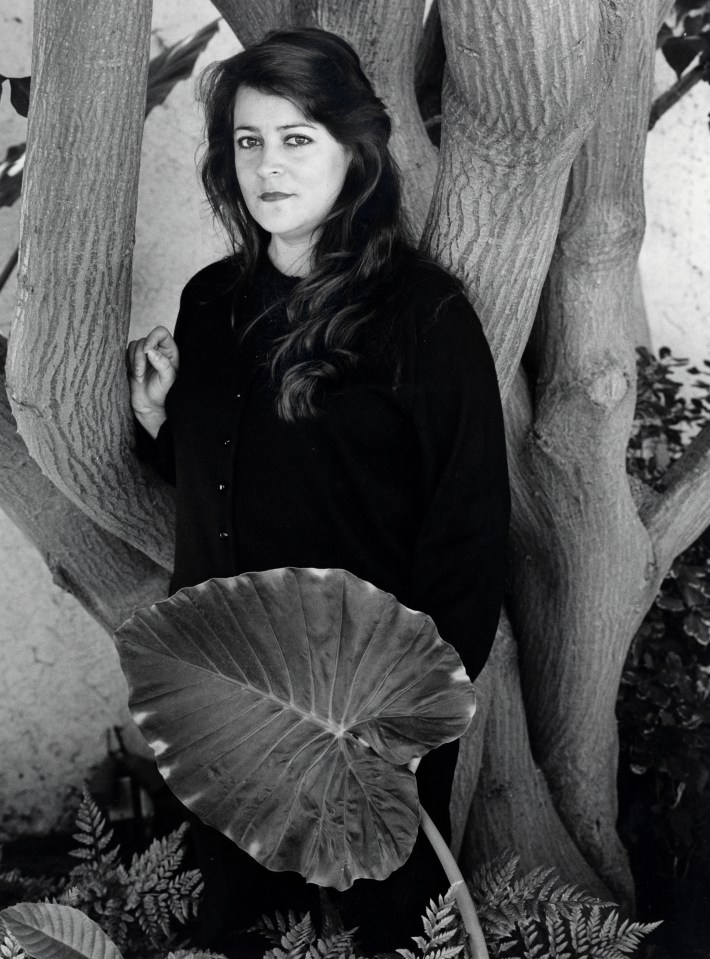
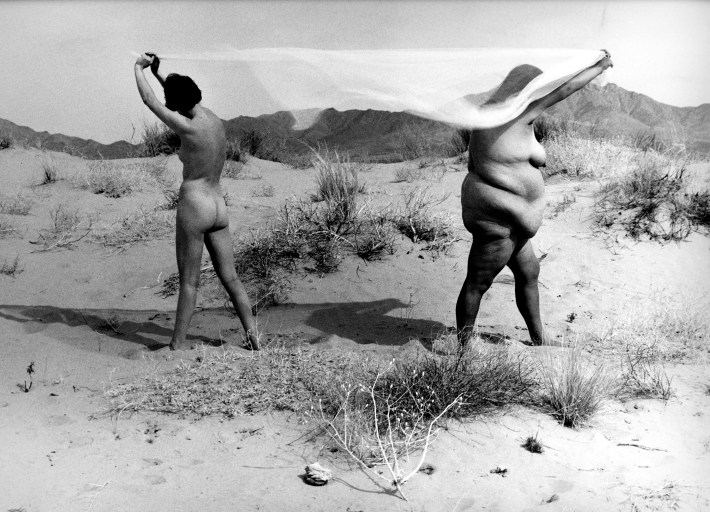
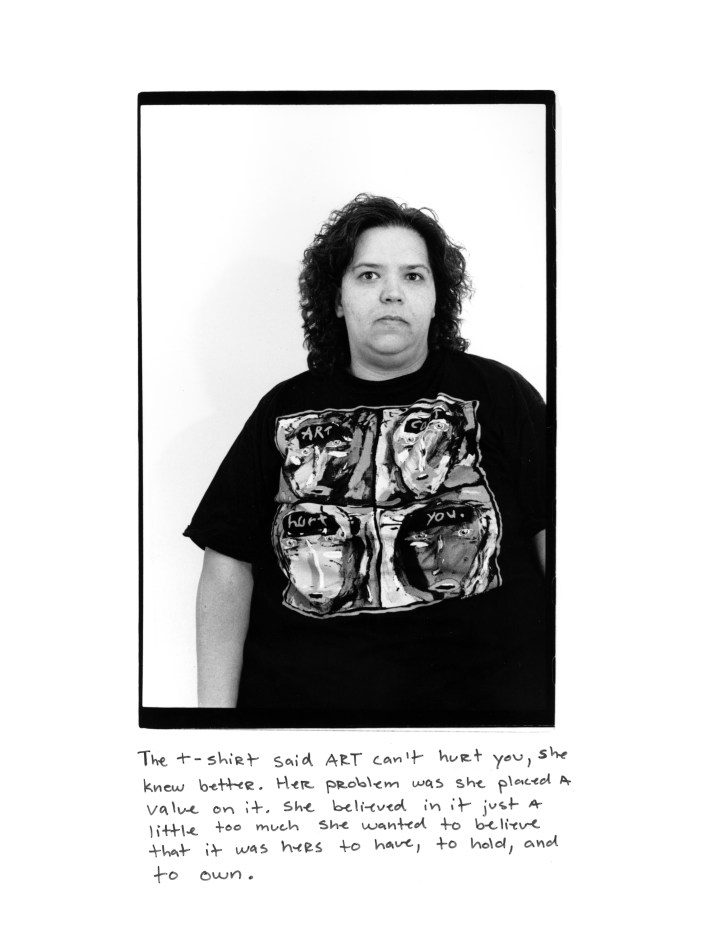
RELATED:
'Dolores' Film Seeks to Re-Think Labor Leader Dolores Huerta — Again
The Rise and Fall of Oscar Zeta Acosta: What Happened to the 'Brown Buffalo'?
